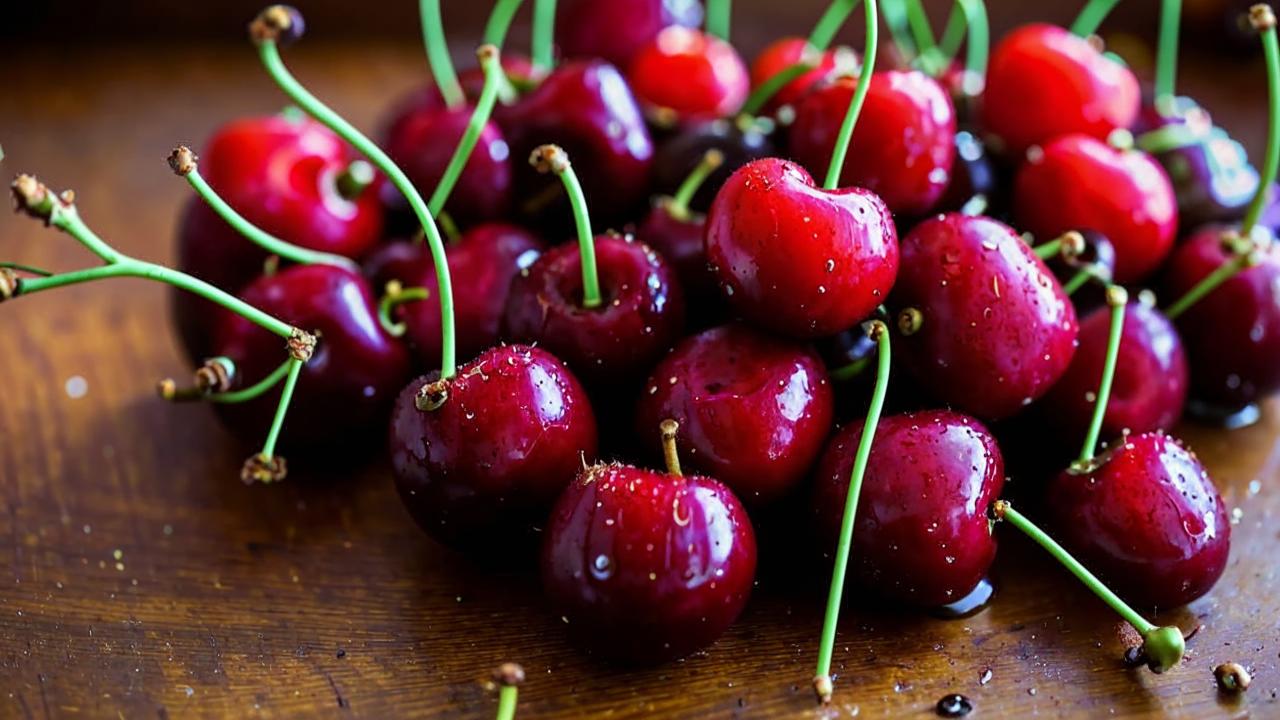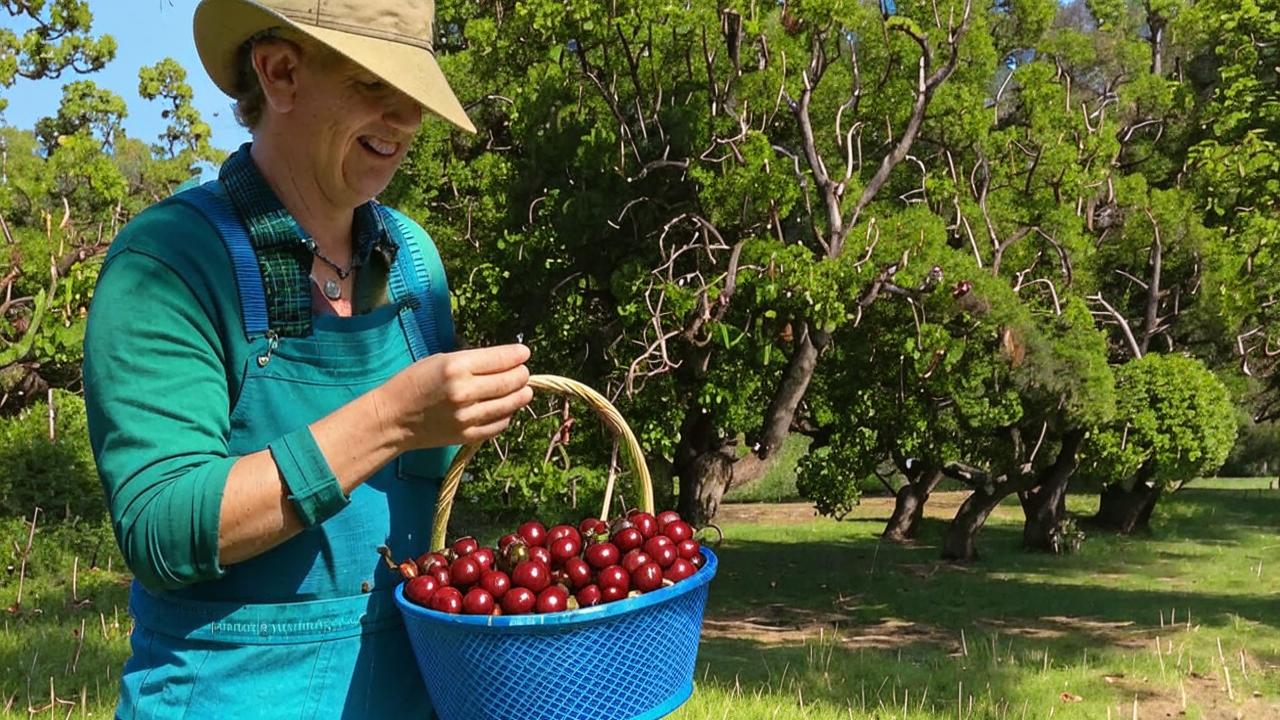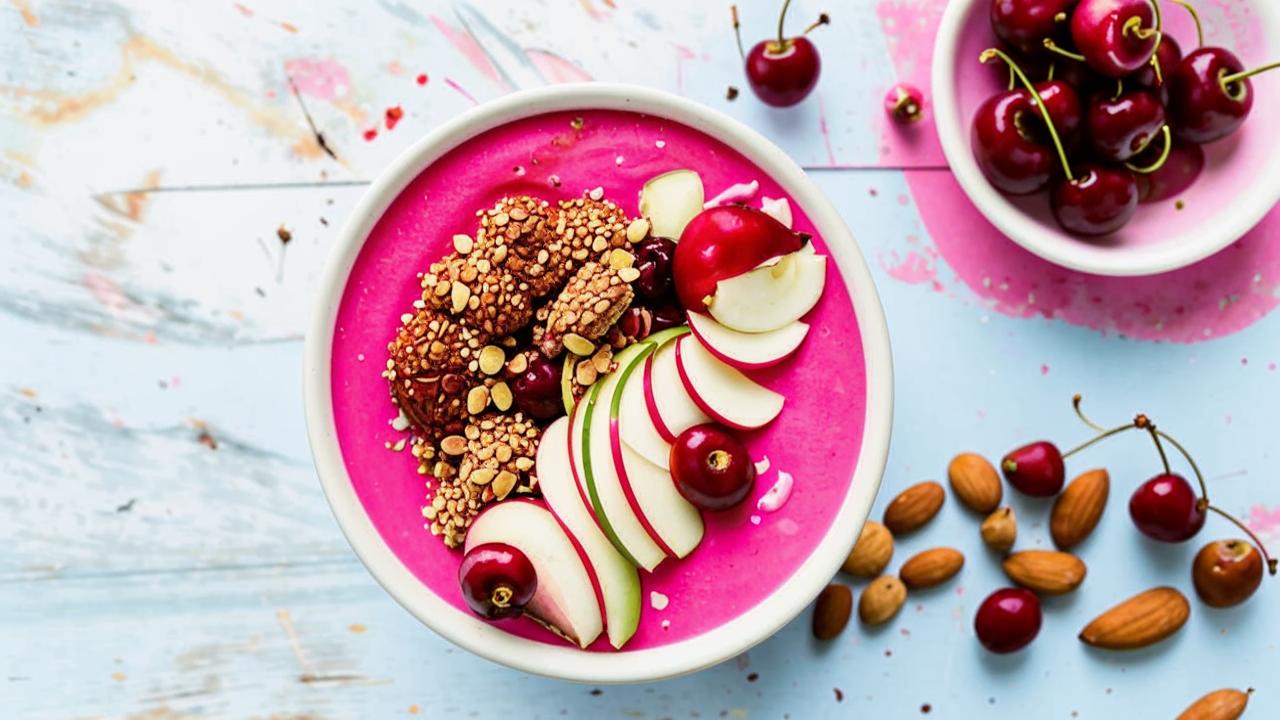
nutritionist
How to choose the right cherries? What is it useful?
How cherries differ from cherries
The difference between this berry and cherries is that it has a less irritating effect on the mucous membranes of the gastrointestinal tract. But cherries contain more vitamin C and have a lower glycemic index, as they are less sweet. Otherwise, the berries have almost the same composition and medicinal properties.

What is useful cherries
Cherries are not very caloric (63 kcal per 100 g) and contain vitamins C, K, B1, B2, B6, potassium, manganese, magnesium, copper, iron. In turn, potassium supports the contractility of the heart muscle and reduces blood pressure by relaxing the smooth muscle of the arterial walls.
Scientists from America say that cherries due to the presence of anthocyanins, flavonoids, catechins and polyphenol antioxidants reduce metabolic syndrome, including hypertension, obesity, gout, diabetes mellitus type II and others.

Antioxidants and vitamin C, which are found in cherries, are indispensable helpers of the immune system. The first helps to put metabolism in order, reduces the risk of autoimmune pathologies. The second, according to research, increases the resistance of barrier tissues (skin, mucous membranes) to the introduction of any infection and stimulates the work of macrophages (absorb harmful particles to the body).
Experiments on rodents have shown that cherries can inhibit the development of cancer cells. This is possible due to anthocyanins that block malignant transformation of cells, as well as slowing the growth of existing foreign tissues.
Allergic reactions to cherries or other members of the Pink family, as cross-allergies are possible
Diabetes mellitus. Berries contain a lot of easily digestible carbohydrates, so in the presence of diabetes mellitus type I and II, they can be eaten only according to the recommendations of the attending physician.
When the season of cherries begins and ends
The peak season of this berry lasts 1-1,5 months: from the end of May to the beginning of July. During this period, the fruit is both tastier and healthier.
How to choose a good cherry
Small defects (dents and cuts) lead to rapid spoilage of the fruit and the appearance of a characteristic rotten odor of fermentation. Since cherries often begin to spoil from the stone, rotting can be recognized by the stalk or “tail”. In fresh cherries, it is green and not dried out, but in those that have long been stored, dry and darkened.

There are varieties of cherries that have a pink color even ripe. Such fruits differ from the dark ones by having more vitamin C and a rich sweet-sour flavor. Yellow varieties are also sour and require more attention during transportation because of the thin skin. Sweet, bright flavor and higher organic acid content are found in dark red, burgundy or almost black varieties. The wild varieties have the highest amount of biologically active substances.
The easiest and most useful way to consume any berries is in fresh form. If desired, you can add a little cinnamon, pour yogurt. The maximum daily norm – up to 600-700 g, weekly – up to 2 kg.





